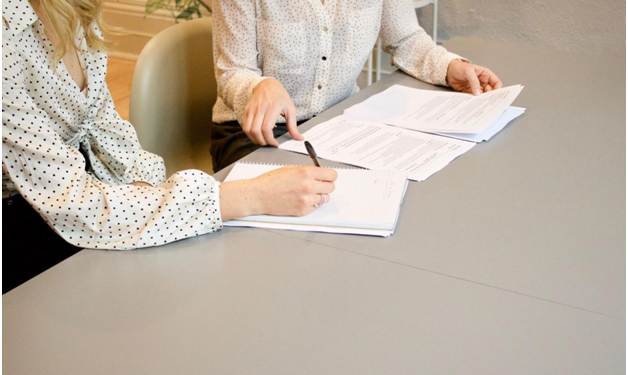

Main Text
A patent is a government-granted right that gives inventors the exclusive rights to their inventions for a limited time in exchange for public disclosure of how those inventions work. A person or company can search patents and determine if an invention is already patented. If so, it is not possible to make another version with the same idea without infringing on someone else’s intellectual property. Most people are unaware that they need to do this when they come up with an idea because many do not understand what goes into obtaining a patent. In addition, there are also legal implications involving trademarks and copyrights which should be considered before coming up with any ideas for products or services.
If you are a business, your intellectual property is vital to your success. To keep it protected, you need to conduct an invalidity search patent. In today’s world where so many businesses rely on innovation to stay competitive, protecting their intellectual property (IP) has never been more important. One way that companies can do this is by conducting an “invalidity search patent.” An invalidity search patent means looking for patents or published applications with claims that are identical or very similar to yours – and then making sure those claims are not valid.
What is the patent search process like?
The patent search process starts with the idea for a possible invention. A person that has an idea will first register it to start accumulating legal protections. They can then perform research and plan out their business model before ever submitting anything formally, which is why this stage should be taken seriously enough to do some homework ahead of time as well as to anticipate any potential problems or issues that may arise down the road from protecting intellectual property rights at every level early on in one’s career path.
During this phase, you need creativity so your ideas are original but also practical when deciding what pieces of information would best accompany those new inventions together with having high technical skills.
What to do if the patent is invalidated?
Here are some reasons to ponder if your patent is invalidated:
– Is there a way to resolve this problem without going through costly litigation in court, or having it thrown out of contention for another reason altogether?
– Should you just give up and move on with your life since other people have already had their fair chance at using that idea before you did so much good work developing it into something tangible.
Patent infringement lawsuits are serious matters which can cost millions of dollars to defend successfully. There is always hope – even after an initial rejection from the USPTO (the United States Patent & Trademark Office), there may be grounds for appeal based on any number of factors such as prior art discovered during examination proceedings, fraudulent statements made by the applicant about invention date and other things.
Patent infringement lawsuit basics
If you are an investor, and someone has stolen your idea to make a product without permission or payment, then that is infringement. If for some reason the other party had authorization from their employer or another company they work with when designing/creating something similar before yours was patented; it would not be considered as infringing on your patent. The catch is if this happened within one year of applying for a USPTO (the United States Patent & Trademark Office) trademark registration certificate.
Tips for filing an effective, accurate, and concise patent application
If you are thinking of filing a patent application, here is an instructional guide to help with the process. First and foremost, your idea must be original and novel so always do some research before diving in for confirmation on this point. It is then time to submit all applicable fees — including examination costs, publication fee (if desired), transmittal forms, as well as examining-related charges if necessary; additionally, depending upon whether or not there will need to be any translation work done during dealing with foreign patents office requirements at the international level may also incur additional related expenses. Next comes reviewing where possible how other similar applications have been handled by the USPTO.
Strategies for avoiding common mistakes in your own patented invention
The following is a list of mistakes to avoid when applying for your patent:
– Not researching the field before submitting an idea. This can limit what you submit as it could be too similar or not have enough new ideas in comparison with other submissions, which reduces chances at success and also increases opposition making the process longer than necessary.
– Failing to consider all possible outcomes – this includes using only one’s knowledge base instead of consulting experts from diverse fields such as law, medicine so that they might offer their unbiased opinion on how best to proceed; being confident about something without any solid evidence because “it just feels right” will lead someone down a bad path unless there are others who provide constructive criticism.
Final Take
Invalidity searches are important for determining the validity of patents that may be infringed by a company. In some cases, companies can avoid litigation with an invalid patent holder if they have conducted their search and determined that another’s product does not violate any valid claims within the patent. The benefits to conducting your search are twofold in this case; you save money on legal fees and also determine whether or not it makes sense to invest more resources into developing your product or spend time assessing its marketability.